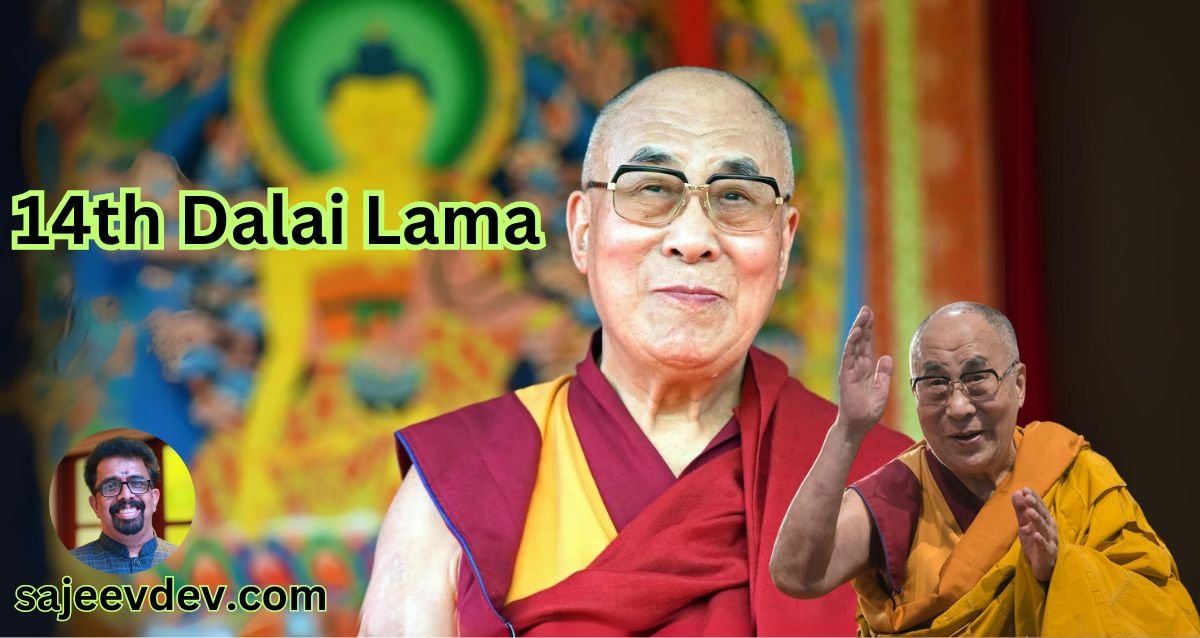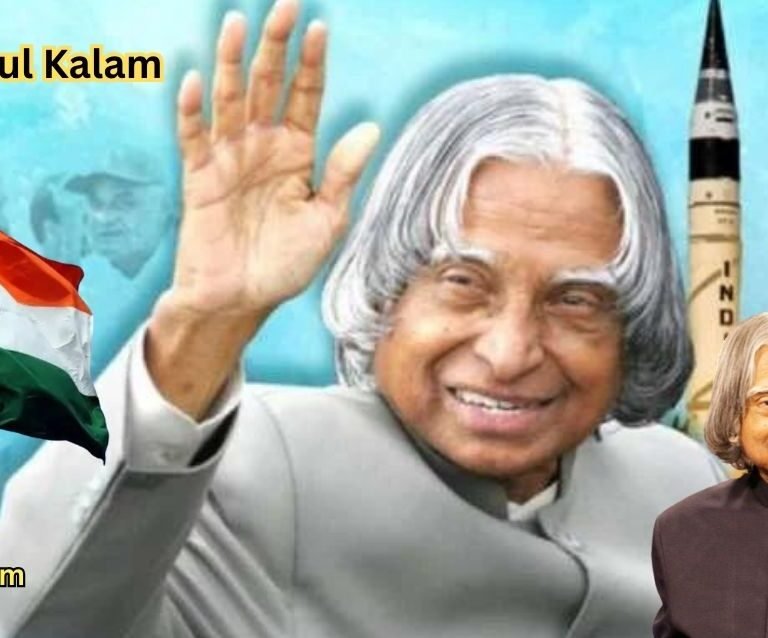The 14th Dalai Lama, Tenzin Gyatso
The 14th Dalai Lama, Tenzin Gyatso, born Lhamo Thondup, stands as the eminent spiritual leader of Tibet, a revered figure whose influence spans across continents. His Holiness Tenzin Gyatso, whose name translates to “Ocean of Wisdom,” was born on July 6, 1935, in the small village of Taktser in northeastern Tibet. Identified at a young age as the reincarnation of his predecessor, the 13th Dalai Lama, Thubten Gyatso, his recognition was steeped in centuries-old tradition, thereby underscoring the cultural and spiritual continuity of Tibetan Buddhism.
Being the Dalai Lama, Tenzin Gyatso holds a pivotal role not only within the spiritual realm but also in the socio-political landscape of Tibet. He is revered as the embodiment of Avalokiteshvara, the Bodhisattva of Compassion, regarded for his ceaseless dedication to the promotion of peace, compassion, and non-violence. Indeed, his teachings emphasize the importance of inner tranquility and universal responsibility, values that resonate globally amid today’s complex socio-political challenges.
From a tender age, Tenzin Gyatso was immersed in rigorous religious education, a journey meant to prepare him for his role as the spiritual leader of Tibetan Buddhists. His life’s trajectory took a significant turn at the age of 15 when he assumed full political power as the head of the Tibetan government-in-exile. Despite the political unrest and eventual exile in 1959, His Holiness has continued to be a beacon of hope and resilience for Tibetans and the global community at large. Today, he remains an ardent advocate for peace, human rights, and the preservation of Tibetan culture and religion, showing the world that compassion and wisdom transcend all boundaries.
Early Life and Recognition
Tenzin Gyatso, the 14th Dalai Lama, was born Lhamo Thondup on July 6, 1935, in a small farming village in Taktser, located in the northeastern part of Tibet known as Amdo. His family, though not wealthy, led a humble and content life centered around agriculture and animal husbandry. From the outset, Lhamo Thondup exhibited remarkable qualities that would later be recognized as signals of his extraordinary destiny.
The process of identifying the reincarnation of Dalai Lamas is both intricate and anchored in deep spiritual tradition. When Lhamo Thondup was just two years old, search parties, guided by prophetic dreams, visions in the sacred Lhamo La-tso lake, and other mystical signs, directed their attention to Taktser. Through a series of meticulously conducted tests that compared personal items of the 13th Dalai Lama, Lhamo Thondup was eventually confirmed as the rebirth of the Dalai Lama.
Dalai Lamas hold a revered position in Tibetan Buddhism, believed to be the human manifestations of Avalokiteshvara, the Bodhisattva of Compassion. This spiritual lineage underscores the importance of compassion and service in Tibetan culture and religion. The term “Dalai Lama” itself translates to “Ocean of Wisdom,” reflecting the profound spiritual and temporal leadership they offer. The role extends beyond religious duties, encompassing guidance in secular matters, fostering peace, and promoting Buddhist teachings.
The recognition of Lhamo Thondup as the 14th Dalai Lama marked the beginning of his profound journey. He was soon moved to Lhasa’s Potala Palace, where his education began under the care of distinguished monks and scholars. This initiation into monastic life laid the groundwork for his future as a leader, both spiritually and politically, for the Tibetan people.
Monastic Education
At the tender age of six, Tenzin Gyatso, who would later be recognized globally as the 14th Dalai Lama, commenced his rigorous monastic education. His early scholastic journey was rooted in the rich traditions of Tibetan Buddhism, ushering him into a world of profound philosophical and spiritual inquiry. This education began with a blend of both elementary and advanced teachings, imparted by esteemed monks dedicated to preserving Buddhist literature and doctrines.
His Holiness studied a broad range of subjects divided into five major and five minor categories. The five major disciplines were pivotal to his understanding of Buddhist philosophy and included Prajnaparamita (the perfection of wisdom), Madhyamika (the philosophy of the Middle Way), Vinaya (monastic discipline), Abhidharma (metaphysics), and Pramana (logic and epistemology). Each category offered a deep and diverse insight into the various facets of Buddhism, guiding him through the metaphysical principles and ethical underpinnings of his faith.
Prajnaparamita introduced him to the nature of reality and the concept of emptiness, while Madhyamika honed his analytical thinking regarding the nature of existence. Vinaya provided a foundational framework for ethical conduct and monastic discipline, crucial for sustaining the integrity of the monastic community. Abhidharma expanded his comprehension of the ultimate nature of phenomena and mental states, whereas Pramana deepened his grasp of logic and the basis of valid knowledge.
Complementing these were the minor subjects, which included poetry, rhetoric, astrology, and medicine among others, enriching his holistic understanding of not just religious tenets but also the cultural aspects of Tibetan life.
A landmark achievement in his scholarly pursuit came in 1959, when the Dalai Lama undertook the Geshe Lharampa examination, the highest form of scholastic achievement in Tibetan Buddhism. This rigorous examination spanned years of preparation and covered extensive knowledge of the aforementioned philosophical categories. Demonstrating extraordinary aptitude and dedication, His Holiness graduated with honors, cementing his status as a distinguished scholar and spiritual leader.
Leadership and Political Role
In the annals of history, Tenzin Gyatso, the 14th Dalai Lama, has carved a unique niche as both a spiritual leader and a political figure. In 1950, at the tender age of 15, he was thrust into the political arena when China invaded Tibet. Tasked with guiding his people through perilous times, the Dalai Lama assumed full political responsibilities, which marked the beginning of nearly two decades of tumultuous leadership.
In 1954, seeking a peaceful resolution to the strained Sino-Tibetan relations, the Dalai Lama met with prominent Chinese leaders, including Mao Zedong. Despite these high-level dialogs, underlying tensions persisted. The Tibetans’ aspirations for genuine autonomy clashed with the Chinese agenda, leading to political deadlock.
The year 1959 proved pivotal for Tibet and its charismatic leader. Escalating unrest and a crackdown by Chinese authorities spurred widespread fears of further suppression. Amidst the chaotic vortex, the Dalai Lama made the heart-wrenching decision to flee his homeland. His daring escape to India marked the beginning of a new chapter in exile.
Upon reaching India, the Dalai Lama sought to sustain the Tibetan struggle on the global stage. The establishment of the Central Tibetan Administration (CTA) in Dharamsala represented a critical step in continuing the campaign for Tibetan rights. In 1959, the CTA made an earnest appeal to the United Nations, drawing international attention to their plight. Their persistent efforts bore fruit, leading to the adoption of key UN resolutions in 1959, 1961, and 1965 that called for the respect of Tibetan human rights and autonomy.
These events underscored the Dalai Lama’s dual role as both a spiritual beacon and a political leader. As he navigated the treacherous waters of international diplomacy and advocacy, Tenzin Gyatso’s leadership and resilience reaffirmed his commitment to the Tibetan cause, leaving an indelible mark on history.
Democratization Efforts
In an era marked by political upheaval, the 14th Dalai Lama, Tenzin Gyatso, has made significant strides toward the democratization of the Tibetan administration. His Holiness’s efforts began in earnest in 1963 with the introduction of a democratic constitution for Tibet, known as the Charter of Tibetans in Exile. This Charter laid the foundation for a governing system that sought to integrate democratic principles within traditional Tibetan governance structures, aligning them more closely with global standards of democracy and human rights.
The Charter encompasses various democratic mechanisms, including proportional representation and the establishment of an independent judiciary, which were unprecedented in Tibetan political history. It aimed to ensure the protection of fundamental rights and peaceful co-existence among Tibetans, exemplifying the Dalai Lama’s vision for a modern yet culturally rooted governance structure.
Another landmark in the journey towards democratization was the historic election of the Kalon Tripa, or Prime Minister, in 2001. This election was pivotal because it transferred executive power from the Dalai Lama to an elected leader, fundamentally changing the power dynamics within the Tibetan government-in-exile. The election of the Kalon Tripa marked a significant departure from centuries of theocratic rule, illustrating His Holiness’s commitment to democratic ideals and participatory governance.
These reforms have had a profound impact on Tibetan politics and culture. Politically, they have democratized decision-making processes, enabling more representative governance within the Tibetan exile community. Culturally, these efforts have ensured the preservation of Tibetan identity and heritage within a framework that respects individual freedoms and collective rights.
Tenzin Gyatso’s democratization efforts have thus not only reshaped Tibetan political governance but also underscored the importance of adaptability and resilience, crucial for the survival and thriving of Tibetan culture in exile.
Peace Initiatives
The 14th Dalai Lama, Tenzin Gyatso, has been a staunch advocate for peace throughout his life, exemplified by his unwavering commitment to non-violence. One of his most significant peace initiatives is the Five-Point Peace Plan, presented in 1987, which has aimed at resolving the Tibetan conflict in a harmonious manner. This comprehensive framework reflects his deep-seated desire for peaceful coexistence and mutual respect.
The first point of the Five-Point Peace Plan calls for transforming the entire Tibet into a zone of peace. The Dalai Lama envisions Tibet as a sanctuary from violence, conflict, and war, promoting a demilitarized region where all forms of aggression are barred. This concept not only aspires to bring stability to Tibet but also serves as a model for global peace efforts.
Secondly, the Dalai Lama’s plan advocates for the cessation of China’s population transfer policy. This policy has been a significant concern, as it could potentially marginalize the indigenous Tibetan population. The Dalai Lama calls for an end to this practice to preserve the unique cultural and demographic integrity of Tibet.
Respecting human rights is the third critical point in the Dalai Lama’s peace plan. He emphasizes the necessity of ensuring fundamental human rights for Tibetans, including freedom of speech, religion, and assembly. By fostering an environment where human rights are upheld, the Dalai Lama believes that a more just and harmonious society can be achieved.
Protecting Tibet’s natural environment constitutes the fourth point. The Dalai Lama has often expressed concern over the ecological degradation occurring in Tibet. He advocates for sustainable practices and policies to safeguard Tibet’s fragile ecosystems, which hold significant environmental importance to the wider region.
Lastly, the Dalai Lama calls for earnest negotiations between Tibet and China regarding Tibet’s future status. By advocating for dialogue over confrontation, he seeks a mutually beneficial resolution that acknowledges the aspirations of Tibetans while recognizing the complexities of the geopolitical landscape.
These initiatives reflect the Dalai Lama’s profound commitment to peace and his vision for a harmonious future, not just for Tibet, but for the world as a whole. His approach demonstrates that lasting peace is achievable through mutual understanding, respect, and cooperation.
Global Recognition and Influence
The 14th Dalai Lama, Tenzin Gyatso, has achieved international acclaim as a prominent advocate for peace, compassion, and human rights. His efforts have transcended national borders, elevating him to a global icon of spiritual and ethical leadership. Among the myriad of accolades that underscore his global influence, the Nobel Peace Prize, awarded in 1989, stands as a monumental recognition. This illustrious award honored his unwavering commitment to non-violence and dialogue in the Tibetan struggle for autonomy and human rights, marking a pivotal moment in his career and amplifying his voice on the world stage.
Beyond the Nobel Peace Prize, the Dalai Lama has received numerous prestigious awards and honors from various countries and international organizations, reflecting the widespread respect he commands. These accolades not only emphasize his dedication to social justice but also highlight his significant contributions to global peace initiatives.
Tenzin Gyatso’s international influence is further bolstered by his extensive travels. He has journeyed across continents to share his teachings and foster understanding of Tibetan culture and Buddhist philosophy. Through lectures, seminars, and dialogues, he has engaged with diverse audiences, spanning from political leaders and academic institutions to laypersons in grassroots movements. His messages often center around universal themes of kindness, altruism, and the importance of mental and emotional well-being.
Moreover, his written works, which include numerous books and articles, contribute substantially to his global outreach. These publications cover a variety of topics, including ethics, mindfulness, and the interplay between science and spirituality, broadening the reach of his teachings. His ability to articulate ancient wisdom in a contemporary context has made these works accessible and influential worldwide.
As a tireless advocate for Tibetan rights and culture, the Dalai Lama continues to use his platform to highlight the importance of preserving cultural heritage amid political and social upheavals. His influence, therefore, is not just limited to spiritual realms but extends into significant socio-political discourses, making him a pivotal figure in the pursuit of global harmony and understanding.
Legacy and Current Status
Throughout his life, the 14th Dalai Lama, Tenzin Gyatso, has made profound contributions to both Tibetan society and the international community. One of his most significant actions was his decision in 2011 to devolve political power to elected Tibetan leaders. This political step not only modernized the Tibetan leadership structure but also symbolized a commitment to democratic governance within the Tibetan diaspora, reaffirming the importance of self-determination and democratic principles.
Today, the Dalai Lama remains an influential spiritual leader, continuing to inspire millions around the world. His teachings on compassion, ethics, and mindfulness have resonated across various cultures and religions. The Dalai Lama has been an ardent advocate for global peace, emphasizing the importance of interfaith dialogue and mutual understanding among diverse communities. His ongoing efforts have substantially contributed to the global conversation on peaceful coexistence and non-violence.
Additionally, the Dalai Lama has played a crucial role in the preservation and dissemination of Tibetan culture. Through his continuous support for Tibetan monasteries, educational institutions, and cultural organizations, he has helped ensure that the rich heritage and traditions of Tibet are maintained for future generations. His initiatives have also facilitated greater awareness and appreciation of Tibetan culture worldwide.
The impact of the Dalai Lama’s teachings is far-reaching, touching the lives of countless individuals. His emphasis on inner peace, humanitarian values, and the interconnectedness of all beings offers a profound and enduring message for humanity. Looking ahead, the Dalai Lama expresses his hopes for a free and democratic Tibet, where the values of compassion, tolerance, and equality guide the region’s future. His vision remains a beacon of hope for those who strive for a world characterized by freedom, justice, and harmony.









